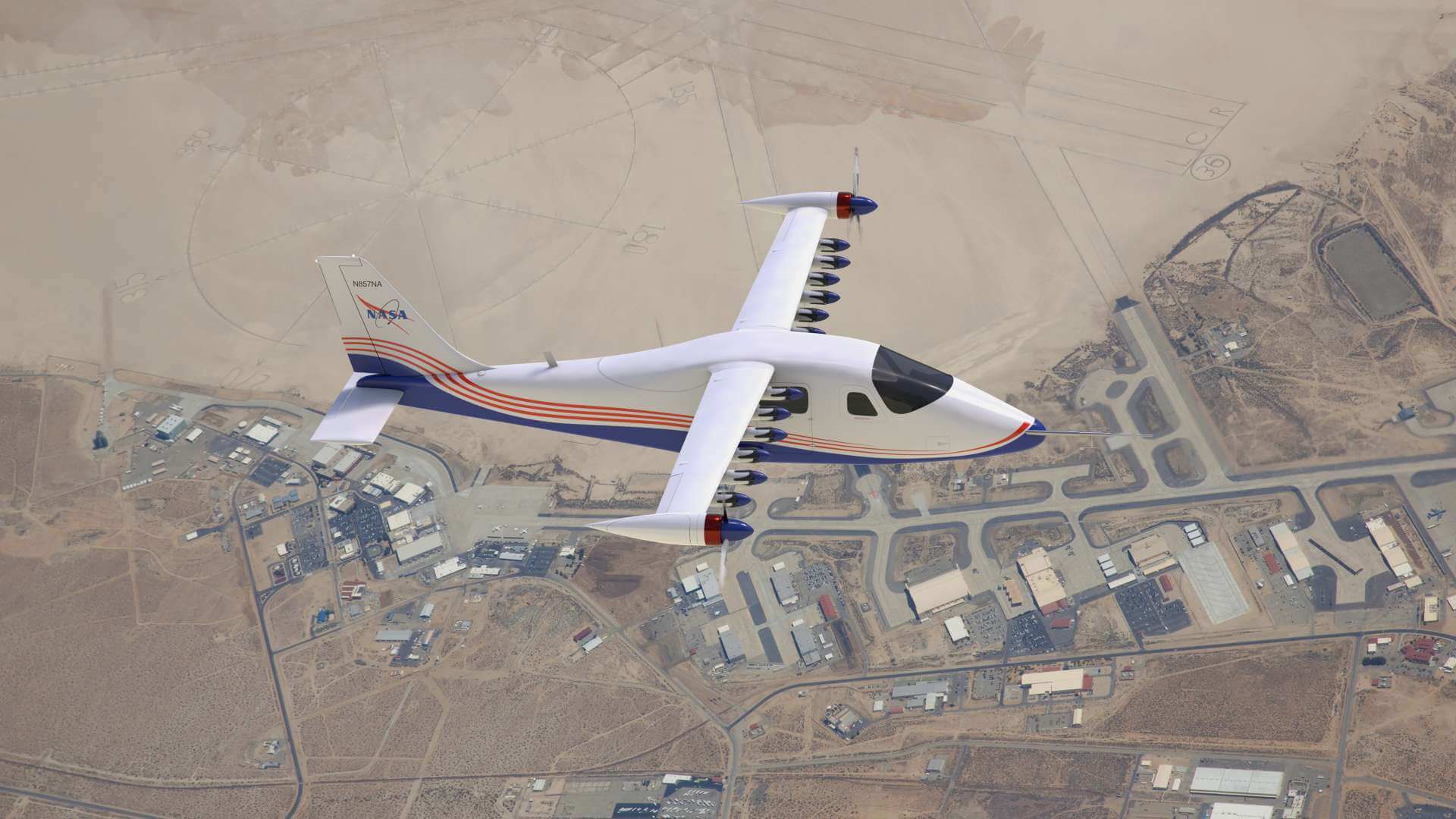NASA’s efforts towards launching its first all-electric plane into the air seem to be getting some real results. At the moment, the all-Electric X-57 plane development is focused on cruise motors and taking endurance capabilities to new heights of performance. Qualification tests and assembly are in progress, so it seems that a maiden voyage will soon be underway.
The X-57 Maxwell is the first all-electric plane developed by NASA and most of the tests are done at the agency’s Armstrong Flight Research Center in Edwards, California. As NASA completes tasks for X-57’s ground testing, working toward taxi testing and first flight, assembly and qualification tests are underway on two critical components of the X-57 vehicle at NASA’s prime contractor for the project, Empirical Systems Aerospace.
These components include the electric cruise motors for the X-57 in flight and the future high-aspect-ratio wing that will fly on the aircraft in X-57’s final configuration.
“All mods of X-57 will utilize the same cruise motors. We’ve taken those cruise motors and we’re putting them through functionality tests, acceptance tests, and qualification tests to ensure their airworthiness for the X-57 vehicle, As part of the NASA airworthiness process, these are the verification and validation steps to reduce risks and increase the safety and reliability of the components on the vehicle.”
Trevor Foster, ESAero Vice President of Operations.
As testing on these critical components continues to propel X-57 toward its first flight, this is also a milestone in NASA’s effort to help set certification standards for the electric aircraft of the future.
“So far, the motors and controllers have performed exceedingly well, and we’re in the process of getting them to perform even better.”
Matt Kamlet NASA Armstrong Flight Research Center
The X-57 is designed with a pair of two cruise motors, but a total of five motors were developed for the project. One was dismantled and used to assess the engine unit’s construction and two for use as flight motors on the X-57 itself. The other two will see use during envelope expansion testing, and serve as spares to the prime flight motors.
Follow TechTheLead on Google News to get the news first.





















